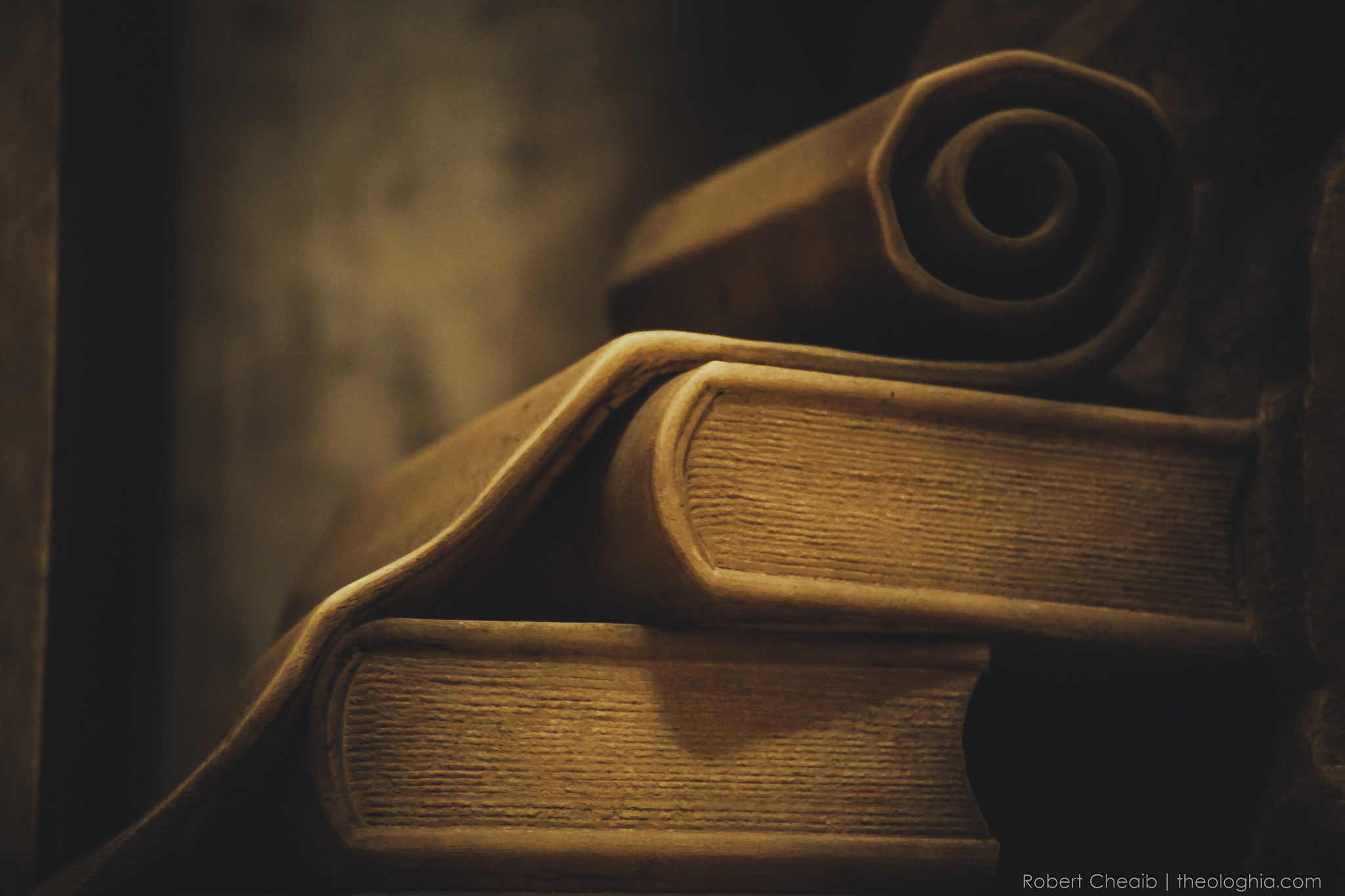The Pope’s visit to Philadelphia, scheduled for September 22-27, will be marked by an exceptional exhibition. The title of the exhibition of ancient paper fragments, prepared by the Penn Museum of Philadelphia (from August 15 to November 7), is entitled “Sacred Writings. Extraordinary Texts of the Biblical World.” As L’Osservatore Romano notes, the objective is to highlight the various ways in which the Bible and the traditions that flourished around it have been represented through the centuries and throughout the Continents.
Thus it will be possible to see one of the oldest fragments of Matthew’s Gospel, written on papyrus, in ancient Greek, going back to the 3rd century. The fragment contains the beginning of the Apostle’s Gospel, in which Jesus’ lineage is illustrated. Another valuable piece is the first translation of the New Testament in English, authorized by the Church of Rome, and printed at Rheims in France in 1582. Also exhibited will be the first unabridged Bible printed in the New World, whose translation for the Americans of Massachusetts was done in 1663 by the Puritan missionary John Eliot. In addition, it will be possible to admire an ancient clay tablet, with Sumerian cuneiform characters, dated around 1650 before the Christian era, which includes the first version of the great flood in Mesopotamia. This version was later incorporated in the Epic of Gilgamesh.
Also on view will be a polyglot New Testament, written by German scholar Elias Hutter at Nuremberg in 1599, in 12 languages: Syriac, Hebrew, Greek, Latin, German, Czechoslovakian, Italian, Spanish, French, English, Danish and Polish. Enriching the exhibition as well will be a manuscript in Italian dating from around the end of the 15th century, which illustrates the principal historical events from the Creation to the election of Pope Sixtus IV (1471).
The exhibition on the Sacred Scriptures is not the only one that will be possible to visit in Philadelphia during the forthcoming months. An exhibition entitled “Religious Liberty and the Founding of America” will be open from August 21 to January 3. The intention of the exhibition of documents is to highlight the fundamental role of religion in the building of the U.S. society and how religious liberty became a right guaranteed by the First Amendment of the American Constitution. Outstanding among the documents in the exhibition are prints of a letter dated March 15, 1790, addressed by the first President of the United States, George Washington, to the country’s Catholic faithful, which stresses that they must be treated as all other American citizens.



